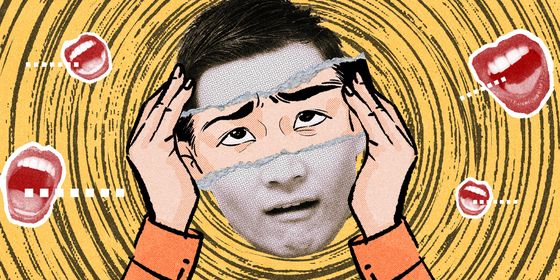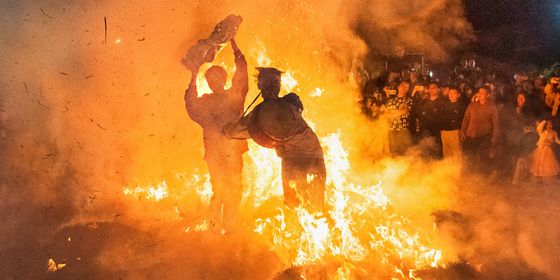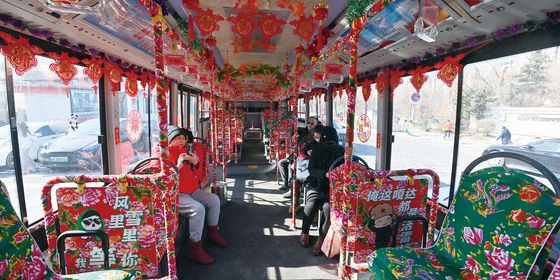First airing live in 1983, CCTV’s Spring Festival Gala didn’t just change TV—it changed the way China celebrates the Lunar New Year
Huang Yihe, director in charge of singing and dancing programming at CCTV, stared out of the window of his temporary courtyard office in Beijing and contemplated his predicament.
It was a snowy day in the November of 1982, and Huang’s boss had just instructed him to organize a TV gala for the upcoming Lunar New Year, or Spring Festival, a task that would make or break his career. It was just a few years after the start of economic reforms, and the growing popularity of televisions, along with a sharp public hunger for entertainment—which had been left languishing through the last decade—meant that Huang was on the brink of either a monumental breakthrough or a humiliating failure.
Thankfully, Huang wouldn’t have to completely reinvent the wheel. Back in 1956, China’s Central News Documentary Film Studio had forged a rough blueprint with their film Grand Get-Together at Spring Festival (《春节大联欢》), which celebrated the lunar year’s end with a motley group of entertainers, literary figures, military officials, businessmen and scientists, including Qian Xuesen (钱学森), known as “The Father of Chinese Rocketry” for his role in kick-starting China’s missile program.
This provided a template for later shows to follow, but it was not until China emerged from the televisual doldrums of the Cultural Revolution that a similar format saw the light of day. The 1978 broadcast of CCTV’s Gala to Welcome the New Year (《春节联欢晚会》)marked the beginning of the show’s modern evolution. While it pioneered the integration of old and new forms of entertainment—storytelling, crosstalk, Peking opera, singing and dancing—the show only reached a limited audience due to the paucity of television sets in Chinese homes at the time.













